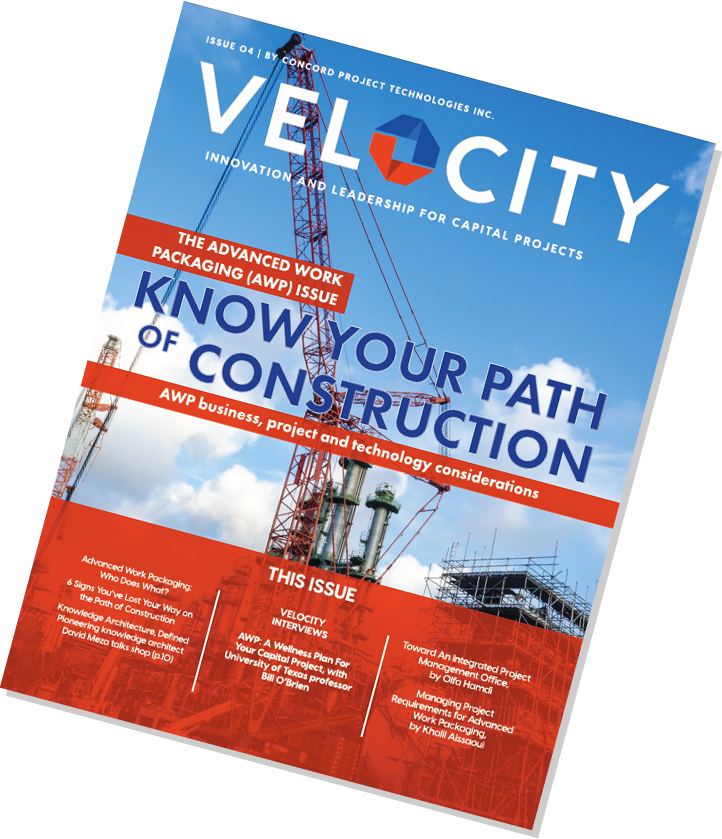On this, the cusp of the New Year, we are not only focusing on wrapping up this year’s paperwork, dotting i’s and crossing t’s, but are also looking forward – anticipating the possibilities of the year to come. The U.S. Natural Gas Power Engineering and Construction (GPEC) Trends and Outlook 2018 report, published by Petrochemical Update, gives us insight into the new year’s construction and engineering trends – and recommendations for keeping pace with the rapidly changing field.
Key Trends in 2018
Renewables
The US Energy and Information Administration (EIA) projects that renewables will comprise 24% of net generation in the power sector by 2025. Environmental pressure, public and private, for renewables means an increase in generation from renewable energy sources. The EIA estimates that this generation will be expected to grow to 10% in 2018.
Gas Power
Natural gas is poised to make great strides in the coming year. This is due to several factors, including an aging fossil infrastructure, customer needs for greater power flexibility, increased legislation, and the smaller time and cost needed to build a facility. There will be a surge in the supply of Natural Gas plants and infrastructure this year – a supply surplus which might be ameliorated by the closing coal and nuclear facilities.
Workforce
There will be an increased demand for labor due to the increased supply. However, the labor market is tight and has become even tighter due to hurricanes Harvey, Irma, and Maria. Combined with the increased demand, this low supply will push hourly base rates to increase significantly by 3.5% to 6.5% in the fourth quarter of 2017 and first quarter of 2018. Workforce demographics are dramatically shifting, with Millennials surpassing Boomers in the workforce. This will require the implementation of several training solutions and reassessment of existing processes to fit them to the new generation.
Productivity
In this tight workforce supply/demand tension, productivity rates are extremely important. McKinsey Global Institute recommend seven key areas that may boost productivity by up to 60%: (1) reshaping regulation, (2) rewiring contractual frameworks, (3) rethinking design/engineering processes, (4) improving procurement and supply/chain management, (5) improving onsite execution, (6) infusing innovation, and (7) re-skilling the workforce.
Innovation
In this coming year, the key link that will have the biggest effect is the workforce. With a tight market and a generational gap, it is now more important than ever to focus on people over processes. This means retooling processes, procedures, and practices to take full advantage of a data-driven workforce that requires technology that allows them to connect and contribute to the project from day one. It is becoming increasingly evident, from the tightening workforce to the declining field productivity, that the legacy organization of project delivery supported by document-centric, functional, independent data silos must be reinvented. The GPEC report makes several key recommendations for getting ahead of this change and implementing real, lasting changes to project delivery:
Advanced Work Packaging
Here is a bold statistic: 37% of craft labor time is spent on tools, 15% is spent on waiting for materials. The principle applied in AWP is to apply a sequence of activities that results in construction crew readiness at every front and every level. While the work for AWP is very front-loaded (requiring intense up-front time and resource commitment), the Advanced Work Packaging Institute has documented up to 25% savings of installed costs and up to 15% field productivity increases.
Going Digital
The energy industry is lagging behind other sectors in adopting digital technology. Data analytics, along with the deployment of the latest handheld devices and 4D and 5D modelling, and cloud computing have already improved decision-making in areas such as piping productivity and staff logistics. This move toward digitalization should also include data analytics to enable organization to mine large databanks of historical and project documentation and lessons learned. Using big data analytics and new, advanced digital tools and methods allows companies to streamline their work processes, reduce waste, and truly empower their workforce. Learn about strategies to taking your project operations to the cloud here.
People, first
People are the engine that delivers sustained, systematic change. Success in this new digital economy depends on communication, preparation, and enabling the user community to adapt to a new way of working. A note of caution, software and technology must be recognized as a tool, not a panacea. People are the core of an organization’s success.
Concluding Remarks
2018 is not shaping up to be the year to resist change and push the status-quo. Although project delivery organizations are inherently process-centric, non-collaborative across interfaces, and risk averse, these legacy processes must be retooled and re-evaluated to keep up with the rapidly changing market and workforce. Transformational, systemic changes in project delivery strategy, leadership, and work processes will require the collaboration of Owners, EPC contractors, and software and service providers to identify issues, seek improvement, and make 2018 a year of growth for your organization.


![[Summary] U.S. Natural Gas Power Engineering and Construction (GPEC) Trends and Outlook 2018 Report](https://tconglobal.com/wp-content/uploads/2018/12/report_blog_image.jpg)


